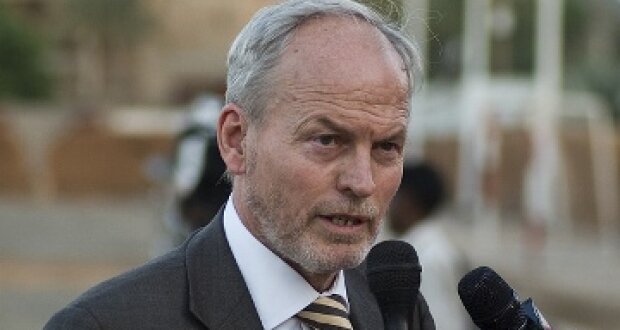UNICEF (UN Children’s Fund) is ramping up operations to meet the rising humanitarian needs of Somali children and families in the Dadaab refugee camps and surrounding host communities.
With an influx of new arrivals straining resources in the camps and host communities, UNICEF is delivering life-saving support in health and nutrition, water, sanitation and hygiene and child protection.
Somali refugees arrive in Dadaab at an average rate of 1,300 per day, having survived the long trek from Somalia. Eighty percent of them are women and children. The total population of the three camps near Dadaab is now more than 400,000 – almost the same as the population of the Wellington region.
Nearly half the children who make it to the camps from southern Somalia are malnourished. Reports of children dying along the way from Somalia or just as they arrive at the camps are disturbingly common.
UNICEF has increased supplies of ready-to-use therapeutic food to hospitals and nutrition stabilization centres in the Dadaab camps and surrounding host communities for the treatment of malnutrition in children under five.
UNICEF is also working with local health authorities to establish a therapeutic feeding centre in the border community of Liboi to ensure that families crossing into Kenya have access to life-saving health and nutrition services as quickly as possible.
UNICEF has dispatched medicines to the health centre in Liboi, including health kits sufficient to support about 10,000 people, for use by the host community and for the treatment of refugees crossing into Kenya.
“Many Somali families who cross into Kenya at Liboi do not realise they must walk another 100 kilometres before arriving at the refugee camps in Dadaab,” says Olivia Yambi, UNICEF Kenya Representative. “The health of some malnourished children crossing at Liboi is so precarious that they simply cannot wait until they get to Dadaab for treatment.
“The positioning of health and nutritional supplies close to the border will save children’s lives that might otherwise have been lost on the long journey to Dadaab.”
UNICEF is also supporting integrated campaigns for measles and polio immunisation, deworming and Vitamin A supplementation, in Dadaab and the host communities in Liboi, Garissa and part of Wajir. More than 200,000 children under five will be reached through the immunisation campaign over the coming weeks. Over 100,000 children have already been vaccinated.
“Malnutrition can weaken a child’s immune system, increasing their susceptibility to infectious diseases like measles and polio,” says Ibrahim Conteh, UNICEF Dadaab Emergency Coordinator. “We are acting now because these diseases can spread very quickly in overcrowded conditions like we have now in the camps.”
Access to clean water and sanitation is essential for securing the health and well-being of children. In Dadaab, UNICEF is facilitating access to clean water for 22,000 refugees on the outskirts of the camps by providing 1,600 jerry cans and two water bladders. UNICEF is also working with partners to install 16 water points for refugees walking from the border along three major influx routes to Dadaab.
In education, UNICEF is planning to construct 146 new learning centres/classrooms in the camps to accommodate newly-arrived refugees and alleviate congestion in pre-existing schools. These centres will be situated in camp outskirts where many newly-arrived refugees live.
Prepositioned supplies were used to address the influx of children in the camps: 20 temporary learning spaces/classrooms set up, 100 education kits provided to meet the needs of 5,000 students, 60,000 Somali text books for children, and 64 recreation kits for 6,400 children and young people in the Dadaab camps.
UNICEF and partners have also reached more than 2,000 children in the camps over the past week through providing child-friendly spaces. UNICEF is also participating in an assessment of gender-based violence.
Across the region, UNICEF estimates it will need almost USD$315m over the next six months to scale up operations to reach children in the Horn of Africa’s drought affected areas with emergency and preventative assistance. There is a current shortfall of approximately USD $200m.The focus is on providing integrated interventions addressing aspects of a child’s survival and development.






